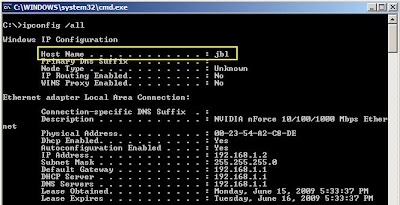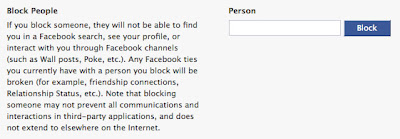Online MBA Degree Programs
The decision to pursue an Online MBA could not be made at a better time. Employers today are demanding more education from their employees than ever before. An accredited online MBA degree will carry significant value in any organization's hiring and career advancement decisions. Plus, there is a direct correlation between higher salaries and earning and MBA.
In difficult economic times, going back to school to build new skills -- and make yourself more attractive to future employers -- becomes extremely popular, even for people with full-time jobs. MBAs are especially popular since the degree is usually meant to prepare someone for more advanced, leadership roles in business (or even government). But is an MBA degree worth the extra years of schooling -- especially when you could be spending that time working full-time?
At first glance, the numbers indicate that the answer is a definite yes. A recent survey of accounting/financial workers of varying skill and seniority levels found that CFOs without a degree had an average salary of only $38,920, those with a Bachelors Degree earned $88,836, and MBAs earned an average of $104,284. The return on investment for an MBA certainly seems worthwhile. Some studies indicate the MBAs earn up to 145% more over their lifetime than non-degree holders. So getting your MBA, while sometimes expensive, is certaining economical.
However, there are many mitigating factors affecting an online MBA. Keep in mind that the salary figures quoted above are fairly flexible and can vary widely based on a number of factors. For instance, the type of work you're going into can make a huge difference; consulting jobs will often pay more than finance/accounting jobs, though each could have a different compensation/bonus structure. Your previous experience also speaks volumes. If you're fresh out of business school and go hunting for an investment banking job after years in a marketing firm, odds are good that your starting salary will be much lower than someone with greater comparable experience.
An online MBA is still a very good idea. The numbers are still very persuasive. Statistics from the Graduate Management Admissions Council (the folks who administer the GMAT) indicate that in many cases someone's pre- and post-MBA salary can jump 50% or more. For example, someone working in marketing making an average of $42,000 before getting their MBA can make an average of $80,000 after receiving their degree. That's nearly doubling your money!
An MBA may not be equivalent to a winning lottery ticket, but the odds are good that your earnings will increase after earning your degree -- making those extra years of school worthwhile. Just be sure that you're pursuing the right degree for the right reasons and, of course, good luck with that graduate school application!











